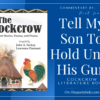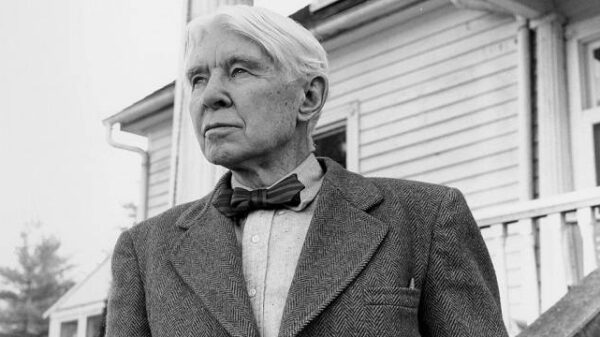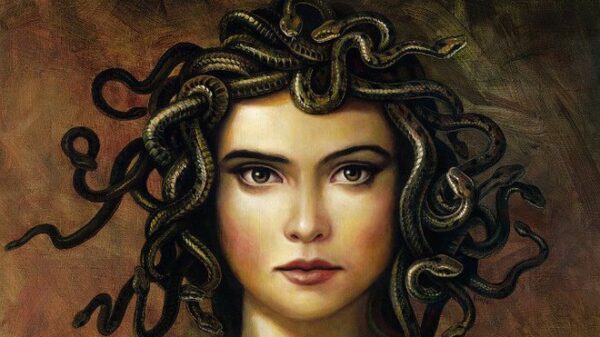In literature, a verse refers to a single line of poetry or a composition written in metrical language. Verses are the building blocks of poems, songs, and even some forms of prose. They can vary in length, rhythm, and structure, depending on the poet’s style and the literary tradition they follow.
Understanding verses is important for analyzing poetry, as they contribute to a poem’s meaning, and emotional impact. This article explores the concept of verses, their different types, and examples from notable literary works.
Read Also: Quintain – 5 Line Poems
Types of Verses in Literature
1. Blank Verse
Blank verse consists of unrhymed lines written in iambic pentameter (a metrical pattern of ten syllables per line, alternating unstressed and stressed beats).
It is one of the most common forms in English poetry, particularly in dramatic and narrative works, as it mimics natural speech while maintaining a rhythmic structure.
William Shakespeare frequently used blank verse in his plays. For example, in Hamlet, the famous soliloquy begins:
“To be, or not to be—that is the question:”
Here, the line follows iambic pentameter but does not rhyme, giving it a flowing, conversational tone.
John Milton’s Paradise Lost is another masterpiece written in blank verse. The epic poem’s grandeur relies on the flexibility of unrhymed iambic pentameter, allowing Milton to explore complex themes with rhythmic elegance.
Blank verse remains popular because it balances structure with natural expression, making it ideal for both dramatic monologues and long narrative poems.
2. Free Verse
Free verse does not follow a fixed meter or rhyme scheme, allowing poets to experiment with line breaks, rhythm, and phrasing. This form emerged prominently in the 20th century, championed by poets who sought to break away from traditional constraints.
Walt Whitman’s “Song of Myself” is a classic example of free verse. His lines vary in length and rhythm, creating an organic, expansive style:
“I celebrate myself, and sing myself,
And what I assume you shall assume,
For every atom belonging to me as good belongs to you.”
Modern poets like T.S. Eliot also utilized free verse to convey fragmented, introspective thoughts, as seen in The Waste Land. Free verse allows for greater emotional and thematic flexibility, making it a preferred form for contemporary poets who prioritize natural speech patterns over rigid structure.
Read Also: Understanding Rhymes and Their Types in Poetry
3. Rhymed Verse
Rhymed verse follows a structured rhyme scheme, where the end sounds of lines correspond in a repeating pattern. This type of verse is common in sonnets, ballads, and lyrical poetry, where rhyme enhances musicality and memorability.
A well-known example is Edgar Allan Poe’s “The Raven,” which uses a trochaic meter and an AABB rhyme scheme:
“Once upon a midnight dreary, while I pondered, weak and weary,
Over many a quaint and curious volume of forgotten lore—”
Shakespeare’s sonnets also exemplify rhymed verse, particularly the Shakespearean sonnet structure (ABABCDCDEFEFGG). Sonnet 18 begins:
“Shall I compare thee to a summer’s day?
Thou art more lovely and more temperate:”
4. Heroic Couplet
A heroic couplet consists of two rhymed lines in iambic pentameter, often used for epigrams, satires, and narrative closures. This form became prominent in the 18th century, particularly in the works of Alexander Pope and John Dryden.
Pope’s “An Essay on Criticism” employs heroic couplets for witty, concise statements:
“To err is human; to forgive, divine.”
Dryden’s translations of classical works also relied on this form, as seen in The Aeneid:
“Arms and the man I sing, who, forced by fate,
And haughty Juno’s unrelenting hate.”
Poet Nazir is a writer and an editor here on ThePoetsHub. Outside this space, he works as a poet, screenwriter, author, relationship adviser and a reader. He is also the founder & lead director of PNSP Studios, a film production firm.










